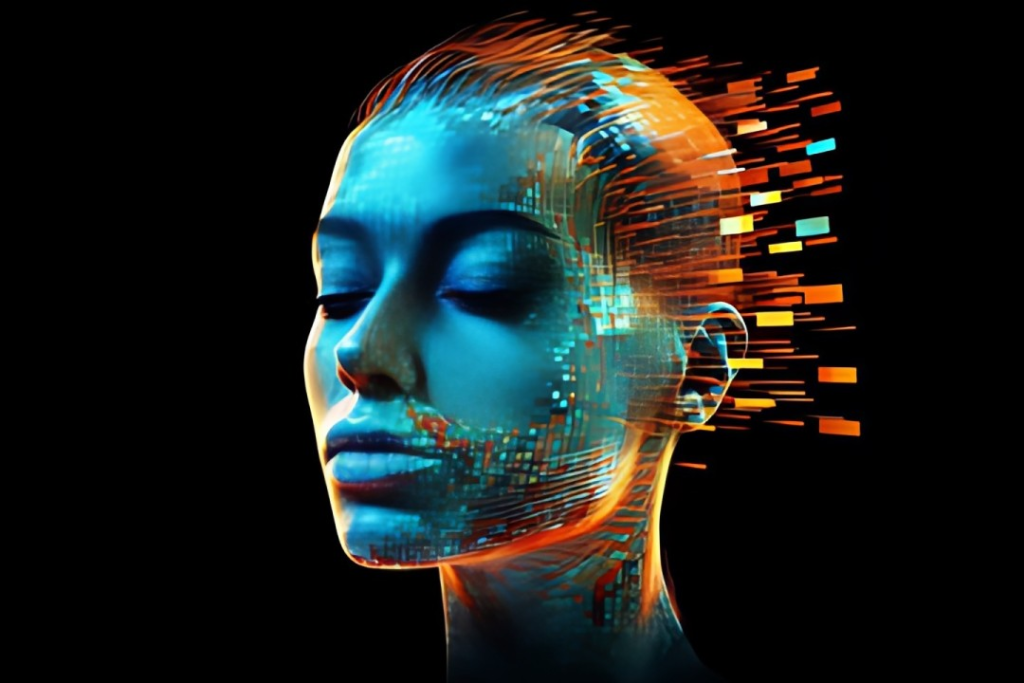
Introduction
This document provides a complete guide to developing an AI-powered emotion-responsive environment that detects human emotions and adjusts the surroundings accordingly (lights, music, temperature, etc.).
Objectives
- Utilize AI to detect facial emotions in real-time.
- Control smart devices like lights, speakers, and IoT gadgets based on detected emotions.
- Create an interactive environment that responds dynamically to human feelings.
Hardware Requirements
1. Camera for Emotion Detection
- USB Webcam (Logitech C920, Razer Kiyo)
- Raspberry Pi Camera Module
- Smartphone Camera (for mobile app-based detection)
2. Smart Lighting System
- Philips Hue Smart Bulbs (API Support)
- RGB LED Strips with Wi-Fi Control (WLED, ESP8266)
- Arduino + WS2812B LED Strip (DIY option)
3. Smart Sound System
- Google Nest Mini / Amazon Echo (Voice + API support)
- Raspberry Pi + Bluetooth Speaker (Custom AI Assistant)
4. Smart Home Integration
- Home Assistant Hub (Raspberry Pi 4)
- ESP8266 / ESP32 Microcontroller (DIY IoT control)
- Wi-Fi Smart Plugs (TP-Link Kasa, Sonoff)
5. Temperature & Air Quality Sensors (Optional)
- DHT11 / DHT22 Sensor (Temperature & Humidity)
- MQ-135 Sensor (Air Quality)
Software Requirements
1. Frontend (User Interface)
- React Native (Mobile App) – AI-powered facial emotion detection.
- React / Next.js (Web Dashboard) – Real-time emotion tracking.
2. Backend
- Node.js + Express.js – API for processing emotion data.
- Firebase Firestore – Store real-time emotion logs.
- WebSockets (Socket.io) – Real-time updates.
3. AI Model for Emotion Detection
- TensorFlow.js / Face-API.js – Real-time facial emotion detection in the browser.
- DeepFace / OpenCV + Python – Advanced AI model.
- Google Cloud Vision API / Microsoft Azure Face API – Pre-trained emotion detection.
Project Implementation Steps
Step 1: AI Emotion Detection Setup
Install AI Dependencies
npm install @tensorflow/tfjs @tensorflow-models/blazeface @tensorflow-models/facemeshBuild Emotion Detection Model
import * as tf from "@tensorflow/tfjs";
import * as blazeface from "@tensorflow-models/blazeface";
const loadModel = async () => {
const model = await blazeface.load();
return model;
};
const detectEmotion = async (image) => {
const model = await loadModel();
const predictions = await model.estimateFaces(image, false);
return predictions.length > 0 ? "Happy" : "Neutral";
};
export default detectEmotion;Step 2: Control Smart Devices Based on Emotion
Change UI Based on Emotion
const getBackgroundColor = (emotion) => {
switch (emotion) {
case "Happy": return "yellow";
case "Sad": return "blue";
case "Angry": return "red";
default: return "white";
}
};Control Smart Lights (Philips Hue)
import axios from "axios";
const controlLight = async (emotion) => {
const hueAPI = "http://<HUE_BRIDGE_IP>/api/<USER_TOKEN>/lights/1/state";
const lightSettings = {
"Happy": { "on": true, "hue": 10000 },
"Sad": { "on": true, "hue": 46920 },
"Angry": { "on": true, "hue": 0 },
"Neutral": { "on": true, "hue": 25500 }
};
await axios.put(hueAPI, lightSettings[emotion]);
};Play Music Based on Emotion (Spotify API)
import axios from "axios";
const playMusic = async (emotion) => {
const tracks = {
"Happy": "spotify:playlist:37i9dQZF1DX3rxVfibe1L0",
"Sad": "spotify:playlist:37i9dQZF1DX3YSRoSdA634",
"Angry": "spotify:playlist:37i9dQZF1DWWXzA48d9shL",
"Neutral": "spotify:playlist:37i9dQZF1DX3j9EYdzv2N9"
};
await axios.post(
"https://api.spotify.com/v1/me/player/play",
{ context_uri: tracks[emotion] },
{ headers: { Authorization: `Bearer YOUR_SPOTIFY_ACCESS_TOKEN` } }
);
};
playMusic(emotion);Adjust Room Temperature (ESP8266 / DHT22 Sensor)
#include <ESP8266WiFi.h>
#include <DHT.h>
#define DHTPIN 2
#define DHTTYPE DHT22
DHT dht(DHTPIN, DHTTYPE);
WiFiServer server(80);
void setup() {
Serial.begin(115200);
WiFi.begin("yourSSID", "yourPASSWORD");
dht.begin();
}
void loop() {
float temp = dht.readTemperature();
Serial.println(temp);
delay(5000);
}Deployment
Generate APK for Android
cd android
./gradlew assembleReleaseFirebase Integration (Optional)
- Use Firebase Firestore to store user emotions over time.
- Sync data across devices using Firebase Realtime Database.
Final Features
✅ AI-powered facial emotion detection
✅ Smart home integration (lights, music, temperature)
✅ Real-time emotion tracking & dashboard
✅ Mobile App + Web Control Panel
